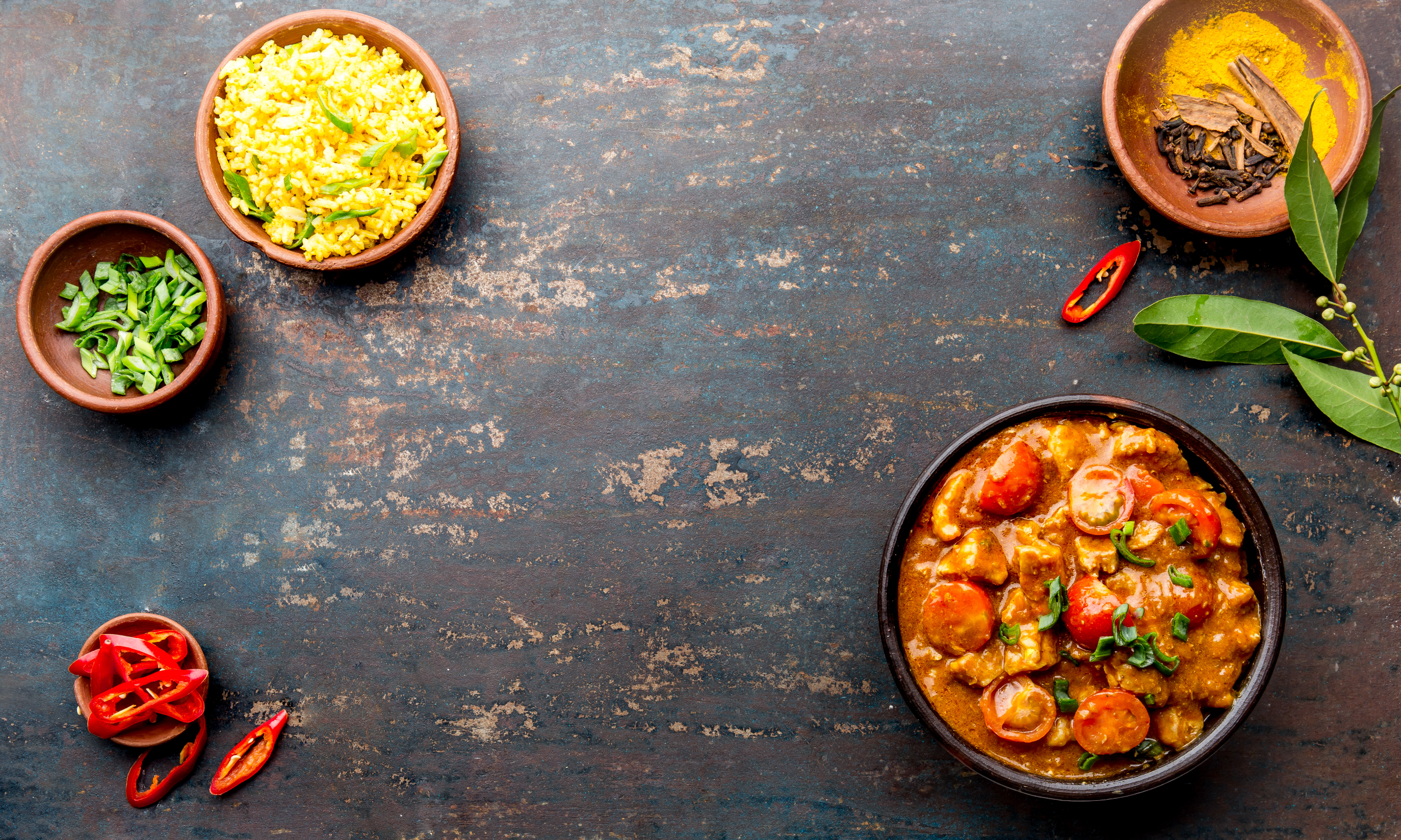
Zambia, a vibrant country in Southern Africa, is not just a land of stunning landscapes but also a treasure trove of culinary diversity and tradition. With its rich cultural heritage and an abundance of natural resources, Zambia offers a unique culinary journey, drawing on the practices of more than 70 ethnic groups. This exploration starts in the bustling local markets, where every sense is engaged, and takes us into the traditional kitchens where Zambian culinary delights are brought to life.
The Heartbeat of Zambian Cuisine: Local Markets
No visit to Zambia is complete without experiencing its local markets, the pulsating heart of everyday life and culture. Here, one encounters a riot of colours, sounds, and smells that mirror the vibrant Zambian landscape.
1. Soweto Market in Lusaka
The Soweto Market is one of the largest and busiest in Lusaka. Walking through this market, one is enveloped by the aroma of fresh produce like ifisashi (greens in peanut sauce) and nshima (maize porridge), staples of Zambian cuisine. Stalls brim with a variety of beans, grains, fruits, and vegetables. Dried fish from nearby Lake Bangweulu can also be found, adding a unique flavour to the Zambian diet.
2. Kitwe’s Chisokone Market
In the Copperbelt Province, Chisokone Market offers a contrasting vibe, reflecting the robust, energy-packed diets of miners. This market is renowned for its bushmeat, a controversial yet popular delicacy, and ifinkubala (caterpillars), a seasonal protein-rich snack.
These markets serve as more than food hubs; they are vibrant social spaces where community members meet, exchange news, and trade everything from household goods to traditional medicines.
From Market to Meal: Traditional Cooking Methods
Zambian cooking is largely influenced by the produce available seasonally and regionally. The cuisine is centred on a few staple dishes that are prepared primarily using traditional methods that have been passed down through the years. They are prepared using a blend of spices and herbs.
1. The Role of Maize
Maize is central to Zambian cuisine, with nshima being the most famous dish made from it. This thick, sticky porridge is the backbone of every meal and is typically eaten with hands. It is paired with different relishes, including vegetables, fish, or meat.
2. Cooking Techniques
Traditional Zambian cooking often involves slow-cooking techniques. A common method is the use of three-stone fires, which are set up outside the home. This method not only cooks the food but also imparts a smoky flavour that is characteristic of many African dishes. Potjiekos, a slow-cooked stew made in a cast-iron pot, reflects both the simplicity and depth of Zambian cooking.
Signature Dishes and Ingredients
1. Ifisashi
Ifisashi is a dish that demonstrates the creativity of Zambian cuisine with simple ingredients. It’s made by cooking greens in a thick peanut sauce, resulting in a rich, creamy dish that is often served alongside nshima.
2. Chikanda
Often referred to as African polony, Chikanda is a unique vegetarian dish made from orchid tubers, groundnuts, and chilli. It has a meaty texture and is a favourite at celebrations.
3. Kapenta
A type of small, sardine-like fish, kapenta is both a staple and a delicacy in Zambia. It can be eaten dried or fresh and is often served with nshima. Dried kapenta needs to be fried and sometimes cooked with tomatoes and onions to make a savoury sauce.
Culinary Experiences for Travelers
For those visiting Zambia, participating in a cooking class can be an illuminating part of your journey. Many local chefs and home cooks offer classes that involve a market visit followed by a cooking session. These experiences provide an opportunity to learn firsthand about the ingredients and techniques used in Zambian kitchens.
Sustainability and Future Trends
As Zambia continues to urbanise, the food sector increasingly focuses on environmentally friendly procedures. This includes a focus on organic produce and the reduction of food waste. Young chefs and culinary entrepreneurs in Zambia are also experimenting with traditional ingredients to create new dishes that can appeal to both locals and tourists.
Conclusion
Zambia's culinary scene is a vivid reflection of its history, culture, and geography. From the bustling markets filled with fresh, local produce to the traditional pots simmering with delicious stews, the country offers a rich palette of tastes and experiences. Zambia is an exceptional destination for anyone looking to dive deep into African culinary traditions.
In embracing the culinary delights of Zambia, one not only experiences the flavours of its food but also gets a taste of the nation's vibrant spirit and warm hospitality. Whether you are navigating through the chaotic beauty of a local market or enjoying the simplicity of a meal made from fresh, locally sourced ingredients, Zambia offers an enriching and unforgettable culinary journey.
FAQs
How is modern Zambian cuisine evolving?
Modern Zambian cuisine is seeing a fusion of traditional and contemporary cooking styles. Chefs are experimenting with local ingredients to craft meals that satisfy traditional as well as contemporary palates, often focusing on sustainability and health.
What should tourists know about eating and cooking in Zambia?
Tourists should be ready to eat with their hands, as is traditional with dishes like nshima. Embracing the local eating customs and participating in cooking sessions can greatly enrich their understanding and enjoyment of Zambian cuisine.
What are some traditional cooking methods in Zambia?
Zambians commonly use three-stone fires for cooking, which provides a smoky flavour to dishes. Slow-cooking in a cast-iron pot, known as potjiekos, is also popular, allowing flavours to meld together beautifully.
What are some must-visit markets in Zambia for a culinary enthusiast?
Soweto Market in Lusaka and Chisokone Market in Kitwe are essential visits. These markets offer a glimpse into the local life and are great places to experience the variety of Zambian food products, from fresh vegetables and fruits to unique proteins like bushmeat and caterpillars.
Disclaimer
Although this information was last updated in May 2024, we recommend verifying with the appropriate agencies, embassies, and airlines to ensure complete accuracy regarding your travel plans
How to Secure Your eVisa for Zambia
Step1: Complete the online eVisa application by entering your passport details.
Step2: Execute the online payment using a Credit or Debit card.
Step3: Monitor your email for payment confirmation and the electronic delivery of your visa.
